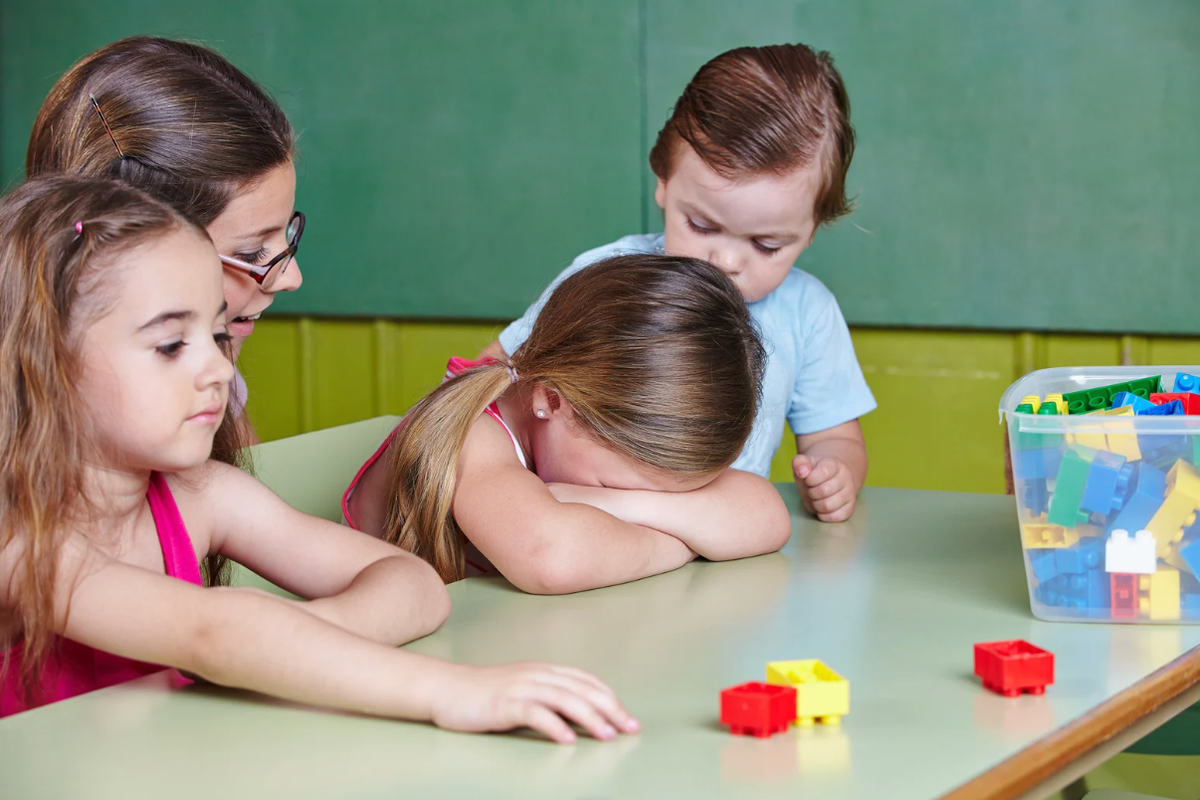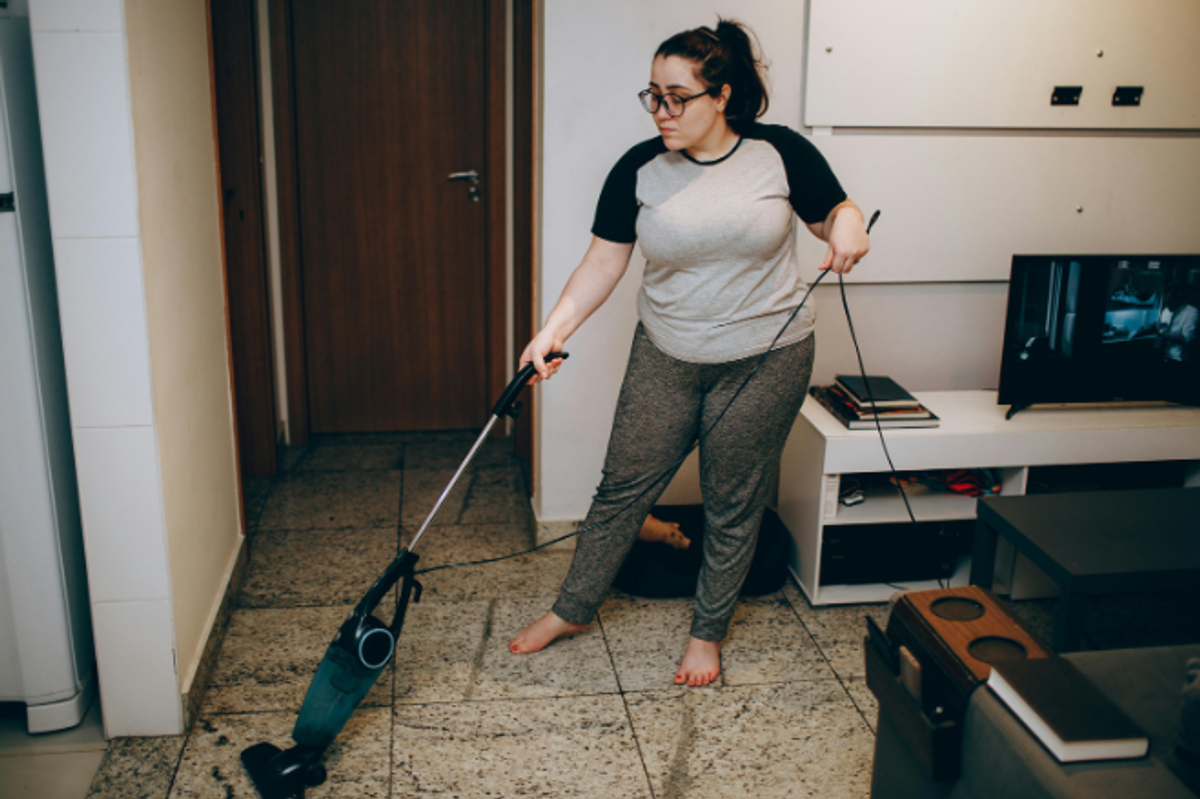Parents are sharing kids' delight at seeing Halle Bailey in live-action 'The Little Mermaid' trailer
"Halle possesses that rare combination of spirit, heart, youth, innocence, and substance — plus a glorious singing voice — all intrinsic qualities necessary to play this iconic role."

Kids react to Halle Bailey playing Ariel in Disney's live-action "The Little Mermaid."
It has been seven years since Disney first announced its plans for a live-action version of "The Little Mermaid," and four years since Halle Bailey was cast as Ariel in the film.
Director Rob Marshall commented on her casting in a statement in 2019, saying in a statement, “After an extensive search, it was abundantly clear that Halle possesses that rare combination of spirit, heart, youth, innocence, and substance — plus a glorious singing voice — all intrinsic qualities necessary to play this iconic role."
He didn't mention her race, but others did—for better and for worse.
While some celebrated the choice of a non-white actress, the hashtag #NotMyAriel revealed that a segment of the public took issue with the casting of a Black actress to play Ariel. Some claimed the character was supposed to be a fair-skinned redhead and making her Black wasn't true to the Danish origins of the story. In a Variety profile, Bailey shared with Variety that she relied on the support and encouragement of her family members, including her grandparents, to handle the racist backlash directed her way.
“It was an inspiring and beautiful thing to hear their words of encouragement, telling me, ‘You don’t understand what this is doing for us, for our community, for all the little Black and brown girls who are going to see themselves in you,’” Bailey told Variety.
As for the criticisms, as many have pointed out, Ariel is a fictional mermaid in a fantasy world in which race plays no part. Danish people can be Black, Black people can be redheads and the colors of Ariel's features aren't relevant to the storyline anyway.
Casting a Black actress does matter, though, especially for young Black viewers who rarely see themselves physically reflected in the world of Disney princesses. The first Disney princess, Snow White, was introduced in 1937 and we didn't see a non-white princess until Jasmine in "Aladdin" in 1992. In the past 30 years, Disney has had some catching up to do to create a more diverse and representative offering of its iconic characters.
Parents have been sharing the reactions of their kids to seeing the new teaser trailer for the live-action "The Little Mermaid," which show why that representation really does matter.
Here is a small handful of them:
\u201chttps://t.co/zR9QLNuSkG\u201d— Lai\ud83d\udc94 (@Lai\ud83d\udc94) 1662935462
@preciousavery I love this for my 3 years old 🤎 #littlemermaid #toddlersoftiktok #hallebailey #girlpower
@workingmama My daughter’s reaction 😭 to the little mermaid trailer. #littlemermaidtrailer #representationmatters
@nickyknackpaddywack Mayas reaction to #thelittlemermaid trailer. #representationmatters #representationinthemediamatters #blackgirls
As an Upworthy commenter shared on Instagram, representation can be powerful for kids. "As a ginger who was little and getting teased relentlessly for the color of her hair and skin when little mermaid came out, I felt represented when the Disney princess looked like me and she was and is still my favorite. Ariel making a new generation of little girls feel seen and represented is beautiful. 😍😍"
For people worried about how this casting choice might impact representation for redheads, never fear. First of all, the live-action Ariel played by Halle Bailey actually does have red hair, so there's that. Secondly, considering redheads only make up 1% to 2% of the population, they are already well-represented in the land of Disney princesses. Aside from Ariel, we have Merida (from "Brave") and Anna (from "Frozen," though she isn't technically considered a princess) on the animated front, as well as Giselle from the live-action film "Enchanted," (though she's not considered an "official" princess, either). The only official animated Black princess has been Tiana in "The Princess and the Frog." For a live-action Black princess, we had singer Brandy playing Cinderella in a 1997 live-action TV film.
Now we have Halle Bailey cast as Ariel, a welcome choice for Black Disney princess fans who have rarely gotten to see themselves as "part of that world." And if this trailer is any indication, it's going to be truly magical.
- Viral photo of 2-year-old watching 'Encanto' is the perfect example of ... ›
- Turning Red helps show the importance of talking about sex ... ›
- Disney's black Ariel isn't just about diverse representation. It's also ... ›
- Disney had non-white mermaids before Halle Bailey as Ariel - Upworthy ›
- Disney had non-white mermaids before Halle Bailey as Ariel - Upworthy ›
- Disney ballerina takes on body image in short film - Upworthy ›
- "Little Mermaid" live action will change lyrics to two songs - Upworthy ›
- Disney's 2023 "Little Mermaid" review: It was magical - Upworthy ›
- Melissa McCarthy shares Halle Bailey's sweet habit on set - Upworthy ›
- Kid drops wholesome f-bombs in brother's 'pool certificate' - Upworthy ›




 Beaver on riverbank.
Beaver on riverbank.  Pbs Nature Swimming GIF by Nature on PBS
Pbs Nature Swimming GIF by Nature on PBS  An actual beaver dam on the now-thriving Price River
An actual beaver dam on the now-thriving Price River 


 A child on an iPad.
A child on an iPad.  A mom showing her child how to play the drum.
A mom showing her child how to play the drum.  A mom scolding her son.
A mom scolding her son.  A mom guilt-tripping her daughter.
A mom guilt-tripping her daughter.  A teacher establishing rules to her class.
A teacher establishing rules to her class. 

 A woman ironing clothes late at night.via
A woman ironing clothes late at night.via  A woman doomscrolling at night.via
A woman doomscrolling at night.via